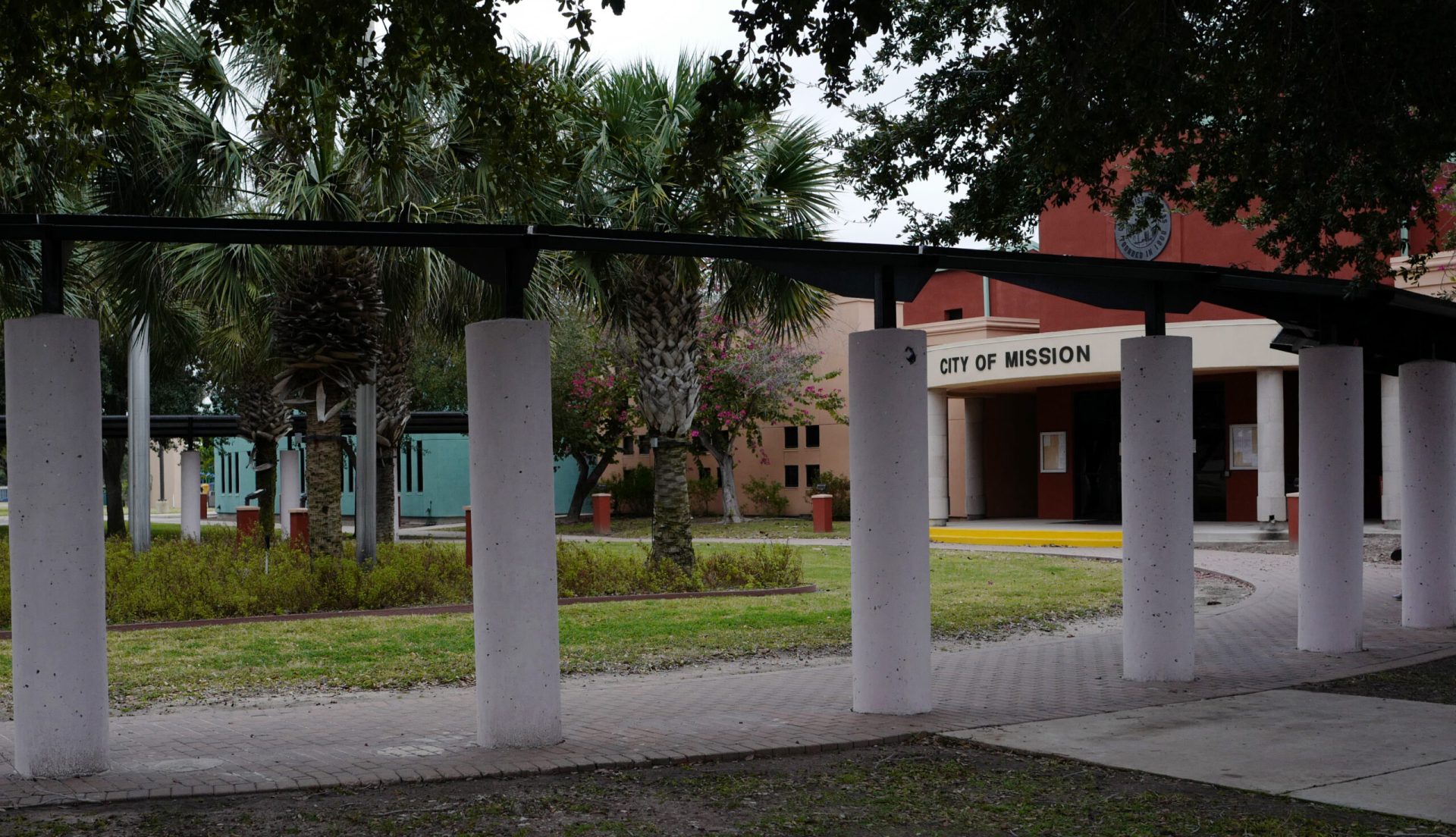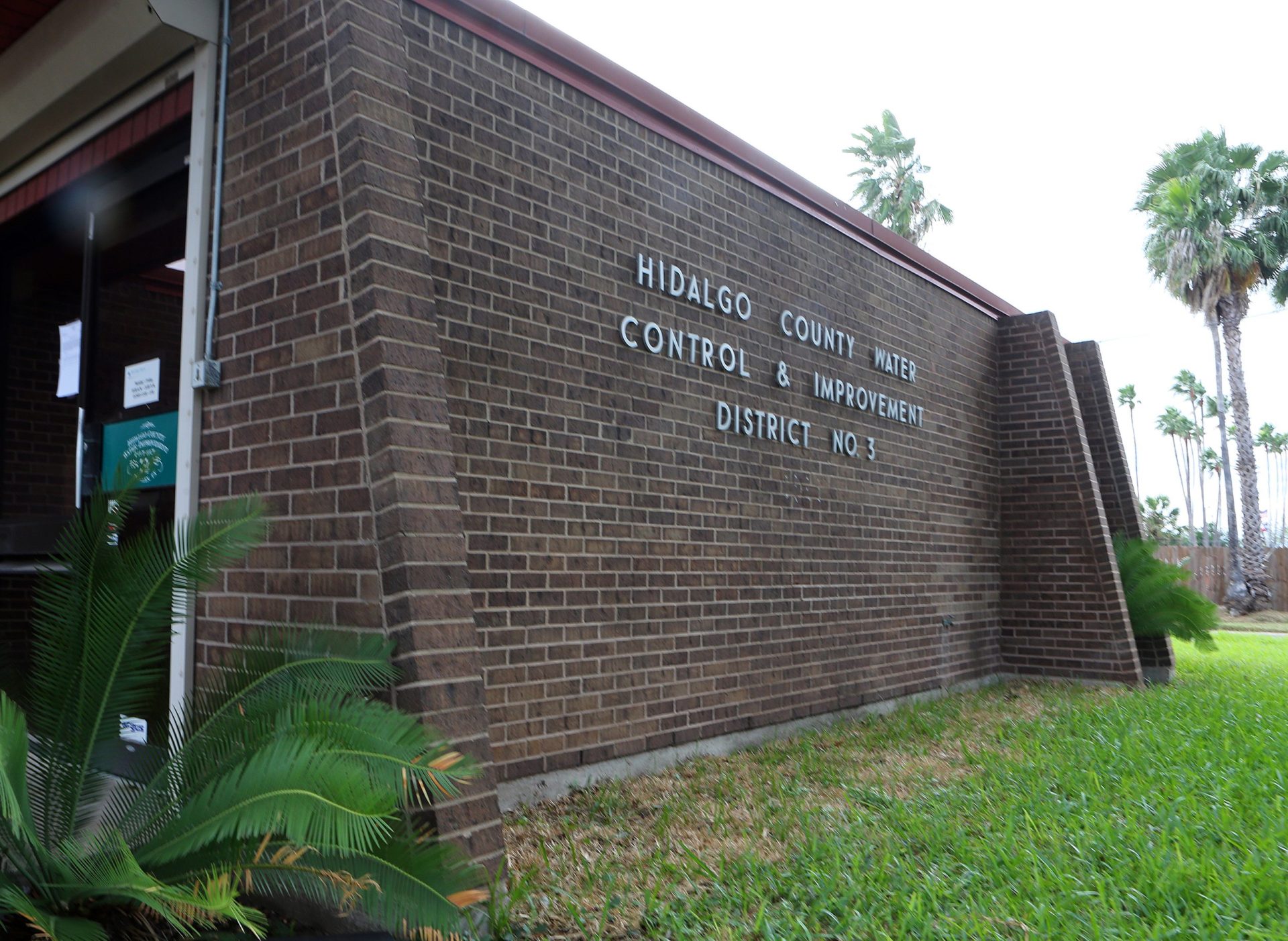|
Only have a minute? Listen instead
Getting your Trinity Audio player ready...
|
Two water districts in Hidalgo County are looking to consolidate while a newly formed “municipal management district” is hoping voters will approve millions in debt to fund major infrastructure projects in a planned development community south of Mission.
Both issues will be on the ballot for select residents of Hidalgo County come Nov. 5.
NEW TAXES FOR NEW DEBT
The recently created El Milagro Management District is hoping voters in the western part of the county will approve some four propositions that would allow for the issuance of debt and the levying of property taxes to repay that debt.
El Milagro is what is called a municipal management district, or MMD. It was created to facilitate large-scale infrastructure projects within a master planned community development project spearheaded by Killam Development.
Once complete, the community will include hundreds of single family homes, high density residential housing, commercial properties and open space.
But before that can be accomplished, the El Milagro MMD is hoping for voter approval on a total of nearly $167.5 million in debt to fund the construction of water, sewer and drainage infrastructure, as well as road infrastructure.
To repay that debt, the MMD is also seeking voter approval to levy a total of up to $1.25 in property taxes per $100 valuation.
If approved, Proposition A would authorize El Milagro to issue just over $92.1 million in bonds for water and sewer infrastructure.
Relatedly, Proposition C, if approved, would authorize El Milagro to levy an operation and maintenance tax of up to $1 per $100 valuation.
Proposition B, meanwhile, would authorize El Milagro to issue nearly $75.4 million in bonds for road infrastructure, if approved.
And similarly, if approved, Proposition D would allow the district to levy a property tax of 25 cents per $100 valuation to repay the road bonds.
Both bond issuances would have a maximum lifespan of 40 years.
Though within the jurisdictional territory of the city of Mission, the potential bond issuances and tax levies will only apply to residents who will one day live within the El Milagro development, said Daniel Silva, the inaugural president of the El Milagro MMD.
“It’s looked at very similarly to a homeowners association fee, but it only gets levied on people who live within that zone,” Silva said, referring to a property tax that is levied by a municipal management district.

In order to form an MMD, developers first needed the blessing of Mission officials.
During a Mission City Council meeting in December 2021, Jessica Holoubek, an attorney with Houston law firm, Allen Boone Humphries Robinson, explained how MMDs and why a property developer would want to employ one.
“They are reimbursement vehicles. They are financing tools,” Holoubek said.
“That tax levy will commence, but it doesn’t have capital to pay upfront development costs, so it’s done in relationship to a developer, who will advance the funds to construct the public infrastructure — water, sewer, drainage, roads, open space, recreational park space,” she said.
The MMD will then enter into an agreement with the developers — in this case, Killam Development — to repay the financial investments they made to jumpstart the infrastructure projects, Holoubek said.
That repayment can either be “on a pay-as-you-go basis, or through the issuance of bonds,” she said.
On Tuesday, Silva said that the current bond election is occurring long before the development is fleshed out.
“The initial vote is really to set the foundation of it. After it’s inhabited, any time there’s going to be another bond issuance … the people who live there will be voting for it,” Silva said.
Single family homes within the development are expected to start in the $200,000-$250,000 range. When fully constructed, the community should include around 500 homes and about 500,000 square feet of retail space, Silva said.
DISTRICT CONSOLIDATION
Meanwhile, prolonged water scarcity concerns are prompting efforts by two water districts to consolidate.
Hidalgo County Water Improvement District No. 3, or HCWID3, and Santa Cruz Water Control and Improvement District No. 15 are looking to combine their two entities.

Doing so would put both districts in a better financial position, and help reduce water losses during a time of increasing scarcity, officials say.
“Our goal is to make this, our water delivery systems, more efficient and to conserve water by reducing the losses in transit, which will, in turn, reduce the delivery cost of the water,” Jack Wallace, president of the Santa Cruz board of directors, said Tuesday.
Wallace pointed directly to Mexico’s failed water deliveries as the primary cause of difficulties at water districts throughout the Rio Grande Valley.
“Because of the 1944 treaty, not only our district, but there’s a number of districts that are suffering with reduced water in their allocation,” Wallace said.
Combining the districts would allow the districts to “diversify” their customers, which would strengthen the new district, he said.
Othal Brand Jr., board president of HCWID3, also said joining forces would be a win-win.
“We just think it’s a financially much more beneficial for us to be consolidated than we are on our own right now,” Brand said.

Both district leaders said that combining resources would allow the districts to better serve their customers, invest in infrastructure improvements that would allow for better water conservation.
District 3 currently serves 29 farmers and about 300 “pasture lands and yards,” around the cities of McAllen and Hidalgo, Brand said.
The district’s largest customer, the city of McAllen, stopped purchasing water from HCWID3 in June 2022, he said.
Meanwhile, about 1,500 registered voters live within the Santa Cruz district north and west of the city of Edinburg, though not all of them are customers, Wallace said.
Like Brand’s district, the bulk of Santa Cruz’s customers are also agricultural users, though the district provides water to the North Alamo Water Supply Corporation, which services cities and unincorporated areas throughout the county.
If voters approve of the consolidation, the boundaries of the new water district would not be contiguous, Brand said.
The newly consolidated board of directors would be made up of 10 members consisting of each of the five members from the existing two boards before a special election would reduce the number back to five sometime next year.




